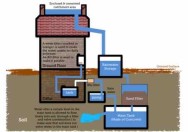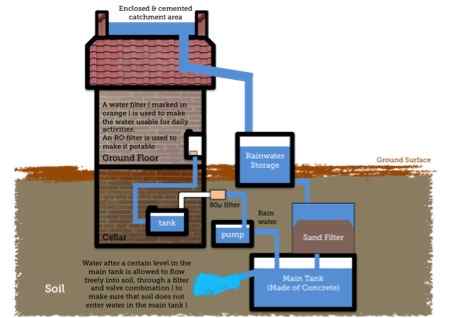
Handy gadgets for your bug-out bag
Its vacation time – and here we are – on the road again…and wanting to travel light.
We thought we would share with you a few items that fit in a small rucksack and will improve your life and increase your chances of making friends along the way.
One thing is for sure – clean people are more socially acceptable – especially when arriving in a strange area for the first time. The Scrubba Wash Bag – $45 from Amazon.com is a great way to make up for the fact that you are secretly sleeping in your car.
This magic bag promises to help you stay cleaner and therefore more welcome. You simply push the sweaty and smelly clothes you slept in, into the bag, add some warm water and detergent, lock the bag and rub it for 15 minutes and tada! clean clothes for the road. Check it out.
Offering a cup of quality coffee is a great way to break the ice – but it can set you back $3 a pop – or more in cities.The MiniPresso GR Espresso Maker is a compact travel mate for the coffee-lover on the move. The tiny device fits in the pocket and does not need electricity or battery (let alone a Wi-Fi connection). It relies on the user pumping it to brew a strong cup.
Fancy ingratiating yourself with something stronger? Tabletop Moonshine Still allows you to practise the science of booze-making anywhere. It will bulk up your bug-out bag but at $180 its a great deal – included is a half-gallon still, piping, an ice bucket , all made of the non-reactive Type 304 stainless steel that’s used in premium cookware , as well as a packet of turbo yeast and instructions. It’s straightforward to set up, requires no running water or complicated cooling systems, and yields roughly 7 to 12 ounces of hard alcohol per batch of low strength solution.
With all those new friends you will be wanting to take some selfies to email them later and/or upload to your social media. But carrying a fancy DSLR camera around is both a magnet for thieves and an extra heavyweight item. A pair of Photojojo’s magnetic lenses for only $30 can turn a smartphone into a fancy camera. The collection has six lenses, but we recommend the wide angle/macro lens and the telephoto (2x), and each is crafted out of solid aluminium and outfitted with thick, high-clarity glass.
Happy Travels. Happy Holidays!…

